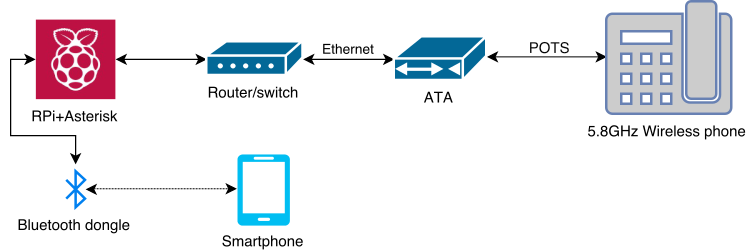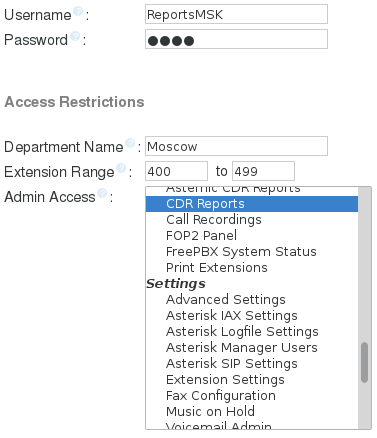
In an older post,, I touched on installing a variant of Asterisk/FreePBX called in a virtual machine. This time however, I’d like to focus on installing this cool piece of software on a Raspberry Pi (either a version 2 or 3). Luckily the folks have graciously provided a Raspberry Pi version for us to use. As a bonus for the readers, I’d like to go into much more detail for a complete installation for residential use. Yes, starting from scratch! Basically, this includes demystifying some of the VoIP (Voice Over Internet Protocol) jargon that initially caught me off guard and showing you all that I’ve learned in the process of setting up mine.
Serial Number Freehand 9 on this page. So if you are ready to embark on a new journey, brace yourself it’s gonna get bumpy! For starters, this guide assumes you are somewhat comfortable with the Raspberry Pi (i.e. Game Maker Exe To Gmk422 here. : writing images, simple configurations changes, and you have a certain ease with the Linux command line and SSH. Why go through all this trouble you say? What are the benefits? Why should I not continue to fork over my hard earned cash to my regular good-for-nothing Telco? Let me tell you.
